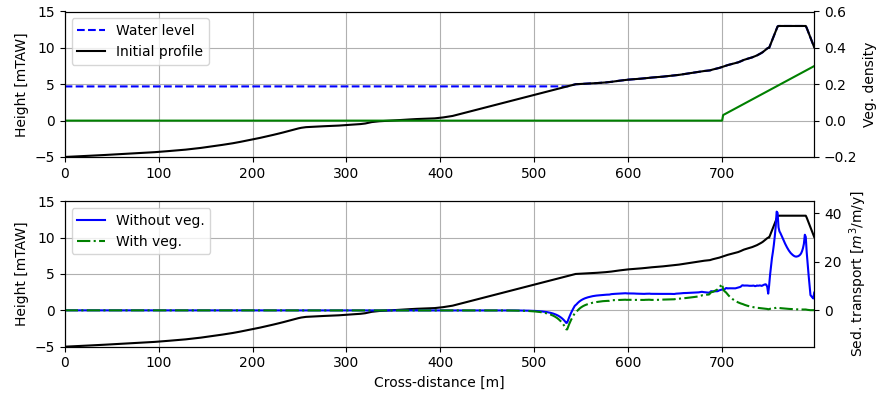N.G.A. Smit1*, R. Schepper 1, A. Dastgheib1,2, B. Verheyen1, A. Boerema1, L.G. Gillis1 and A. Bolle1
1 IMDC
2 IHE Delft
*corresponding author: This email address is being protected from spambots. You need JavaScript enabled to view it.
Introduction
Coastal beach and dune systems are the most effective natural line of defence against coastal flooding in low elevation coastal zones, such as the Belgian Coast. Maintaining, enlarging and creating dunes have been suggested as one of the effective approaches considering nature based solutions in climate adaption projects (e.g. Vlaamse Regering, (2017)).
Restoration, maintenance or the creation of these systems require understanding of aeolian sediment transport. Understanding this process and estimating the amount of sediment transported by the wind will help in predicting beach and dune evolution on short (storm) and long (decadal) timescales and enable in designing better and more efficient maintenance, adaptation and dune design plans to ensure the resiliency of the dunes (Strypsteen et al., 2019).
In this study we assess the aeolian transport along the Belgian coast by first comparing two numerical models and thereafter the influence of vegetation.
Results
We observed that two commonly used numerical aeolian sediment transport models (i.e. Aeolis and Duna) are largely similar when looking at sediment transport rates along a schematized profile.
Moreover, when using Aeolis to simulate aeolian sediment transport along a coastal profile it was found that vegetation has a considerable impact on the transport rates. In the case of vegetation we observed a decrease in transport rates, potentially leading to sedimentation in the area of vegetation. For the case without vegetation an increase in aeolian sediment transport at the dune area was found, leading to potential erosion of the dune area.

Figure 1: Annual aeolian sediment transport for a typical cross-shore profile along the Belgian coast for a scenario with vegetation and a scenario without vegetation
Acknowledgement
The authors want to acknowledge "Vlaamse Overheid, MOW – Afdeling Maritieme Toegang" for the financing of this study as part of the project of Vlaamse Regering, (2017).
References
Strypsteen, Houthuys, & Rauwoens (2019). Dune Volume Changes at Decadal Timescales and Its Relation with Potential Aeolian Transport. Journal of Marine Science and Engineering, 7(10), 357, doi: 10.3390/jmse7100357.
Vlaamse Regering (2017). Nota aan de Vlaamse Regering. Startbeslissing Complex Project Kustvisie. VR 2017 2212 DOC.1384/1.










